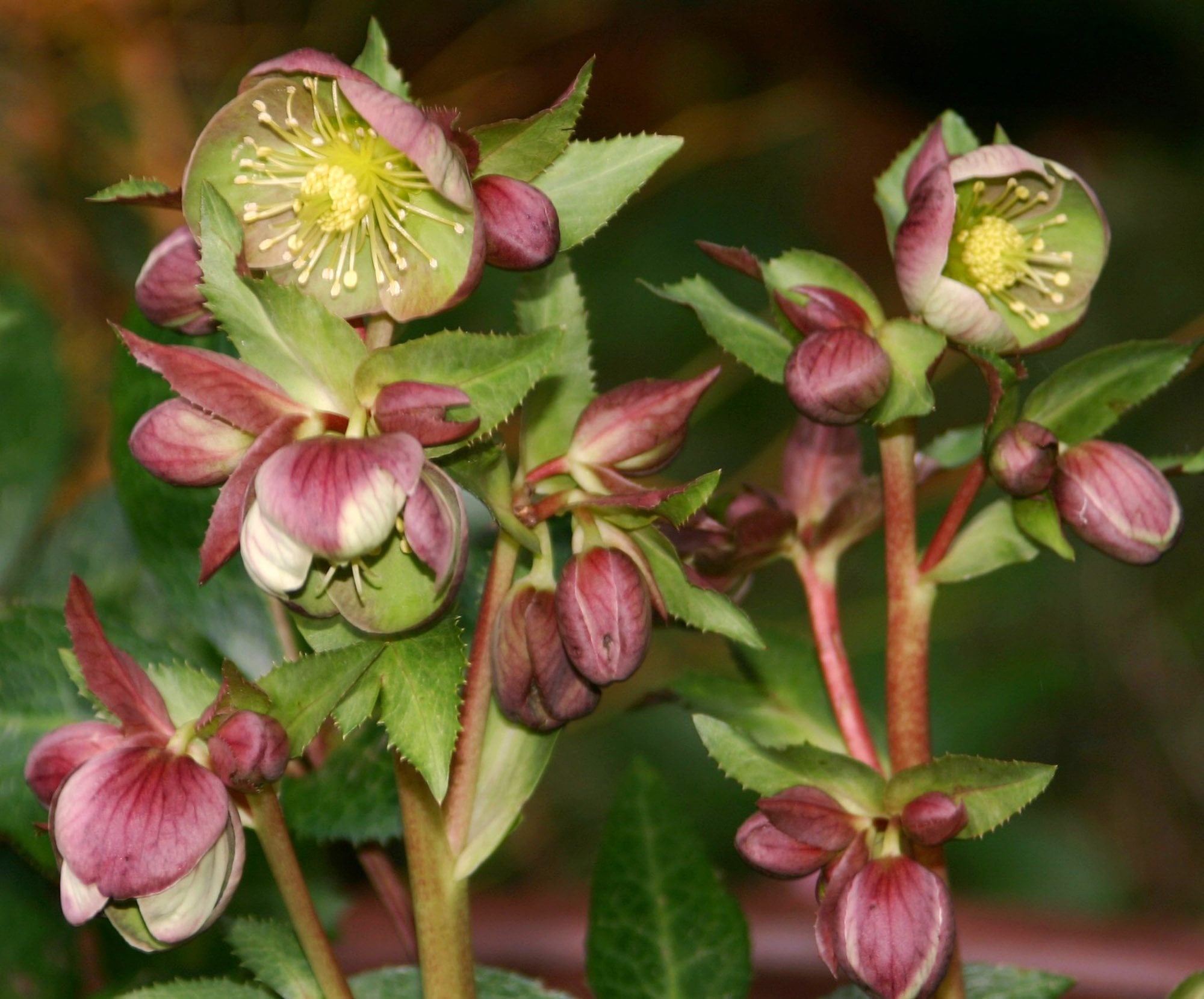Once in a while, our spring gardens become so beautiful that we stand agape at the wonder of it all. I never knew, until I began to garden in earnest, that I could be proud of a tree. Nevertheless, I cannot stay in this frame of mind for long. The moment my head grows too large to pass through the garden gate, a snow storm will surely strike and wipe out everything for which I have worked. Slugs will appear from nowhere to feast on my hostas. Enjoy what you have accomplished and then get back to work. Do what needs to be done in the garden today.
Trip to Japan
On a trip to Japan in February, my friend Hiro took me for a tour of the Joyful Honda Garden Center. I was surprised and amazed by the intricate Japanese demonstration gardens alongside the local home and garden center. The impetus for this trip came from watching the gardeners at my hotel as they did a late-winter pruning of the large evergreen conifers surrounding the tennis courts and one-hole golf course. I was fascinated by the tall, three-legged ladders they were using.
When I expressed interest directly to one of the garden workers, he willingly showed me the details of the unique tripod design, moving the ladder around to show me their practicality and stability. He told me they were routinely used for trimming trees and shrubs in Japan. Within 10 minutes, I was seven feet off the ground and pruning the top of a traditional Japanese cryptomeria. If I tried this at home, I am sure I would be met by a contingent of lawyers halfway down the ladder.
The Joyful Honda Garden Center carried a plethora of garden-oriented ladders. The best ones made today are lightweight aluminum, sturdy, durable and built to the highest standards. The wide base, deep steps and telescopic back leg, as well as clawed feet and flat top, make them incredibly safe and easy to use. The back leg adjusts quickly up to 2 feet, with a spring-loaded pin, for use on slopes and steps. The ones made from heavy-gauge bamboo are naturally beautiful. I would be happy to leave one of these out on display in my own garden as an elegant piece of utilitarian art.
Perennials
Perennials are plants that return to our gardens, in some manner, each year for a period of three or more years. In my garden, perennial bulbs are short-lived. Herbaceous peonies, however, can live for generations. Perennials endure, often recovering from a winter completely hidden beneath the soil. Some manage to hold on to a structure of leaf, branch or stem throughout the winter. Trim away tattered foliage before new growth begins. Certain plants, such as the leafy epimedium or ornamental grasses, look best if cut to the ground at the beginning of spring.
This is the time of year to think about filling in gaps between established plantings. It is the goal of many serious gardeners to plant their garden beds so thickly that no earth shows between plants. This look is achieved over time with adjustments from season to season as plants grow and mature to their full size. In addition, a gardener must consider the overall look of the garden, always keeping a cohesive idea in mind when adding new plants.
Although flowers are the ultimate goal of many gardens, they play a short role in the life cycle of most plants. Nursery growers continually search for the holy grail of retail nurseries; a perennial that will bloom continuously throughout the year. In the real world, most perennials bloom for an average duration of two or three weeks. The best way to have a long season of color is to plant a sequence of blooming perennials.
The most popular perennials bloom long enough to cross over from one season to the next. The bright yellow Coreopsis ‘Zagreb’ will begin to flower in mid- to late spring and, if deadheaded, re-bloom well into summer. Veronica ‘Goodness Grows’ is said to bloom from May until frost. The purple coneflower and Black-eyed Susan will bloom from summer well into fall throughout Southwest Washington.
Flowers do not grow in straight lines in nature, so don’t plant them that way in the garden. Plants naturally grow in sweeps of one variety. Think of tossing a hand full of seeds across your garden in a backhand manner. Plant your perennials out along this imaginary semicircle line. Expand your planting sweeps in groups of odd numbers. Five or seven of one variety of plant makes a dramatic color statement.
Robb Rosser is a WSU-certified master gardener. Reach him at Write2Robb@aol.com.



